Every seventeen years, something downright astonishing takes over Illinois. It isn’t a festival or a parade, but it could easily drown both out with its wild, rattling chorus. We’re talking about the legendary cicada emergence—a phenomenon so loud, so overwhelming, and so utterly bizarre, it’s hard to believe it’s all orchestrated by tiny insects. For a few short weeks, millions of these red-eyed, winged creatures crawl out from underground, flood the trees, and fill the air with a sound that’s impossible to ignore. Why do they do it? Why Illinois? And what on earth are they trying to say with all that noise? Let’s pull back the leafy curtain on this natural spectacle and discover why cicadas just can’t keep it down every 17 years.
The Secret Life Underground
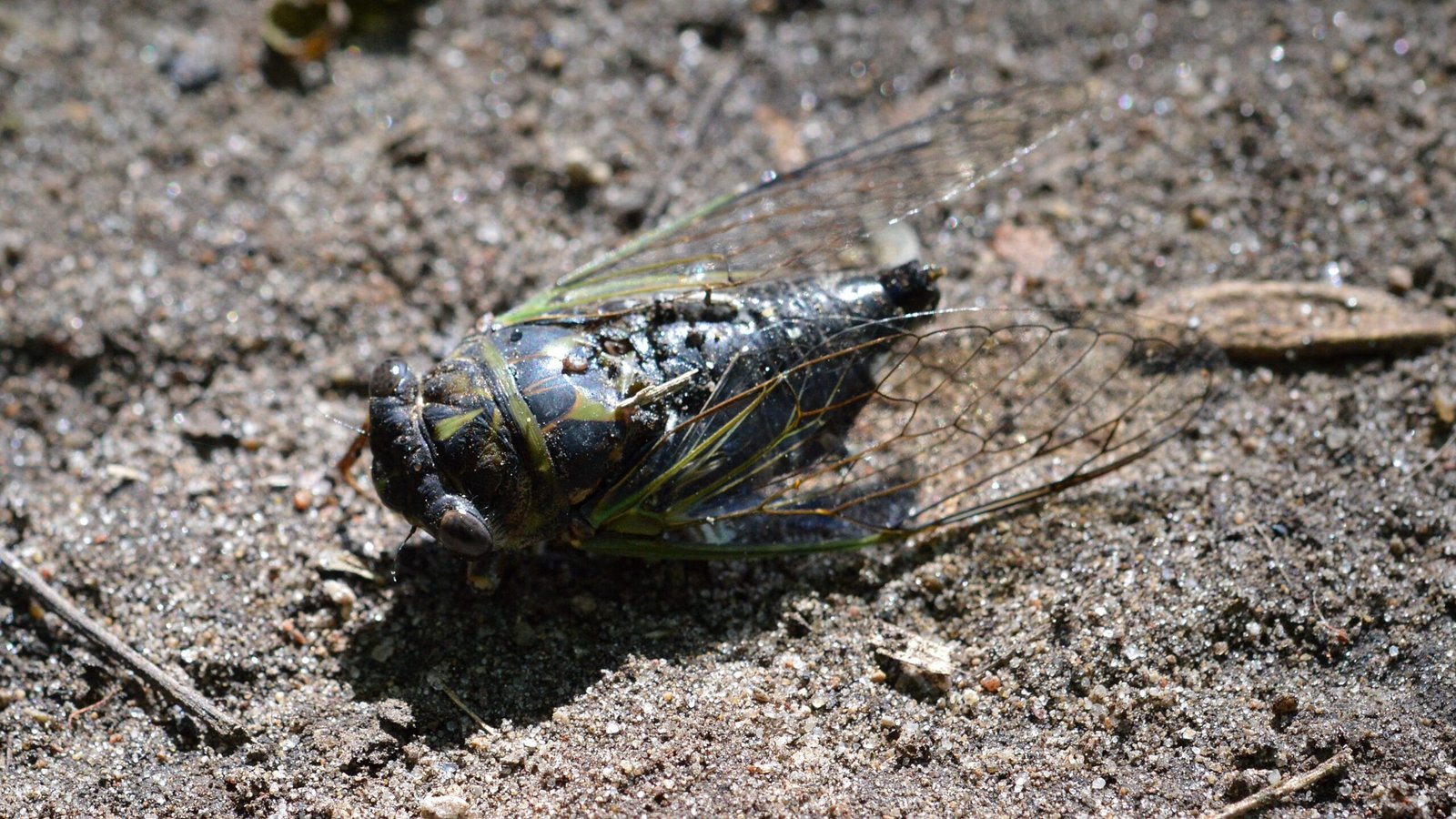
Most of the time, cicadas are practically invisible. For seventeen long years, periodical cicada nymphs live deep beneath the Illinois soil, quietly sipping sap from tree roots. This hidden existence is a masterstroke of survival. Down in the dark, they’re safe from predators, harsh weather, and the everyday chaos of the surface world. Imagine living in your basement for nearly two decades, only venturing out once you’re sure the coast is clear. Their patience is remarkable, and this underground phase is where the magic of their life cycle begins.
Why Seventeen Years? The Evolutionary Mystery
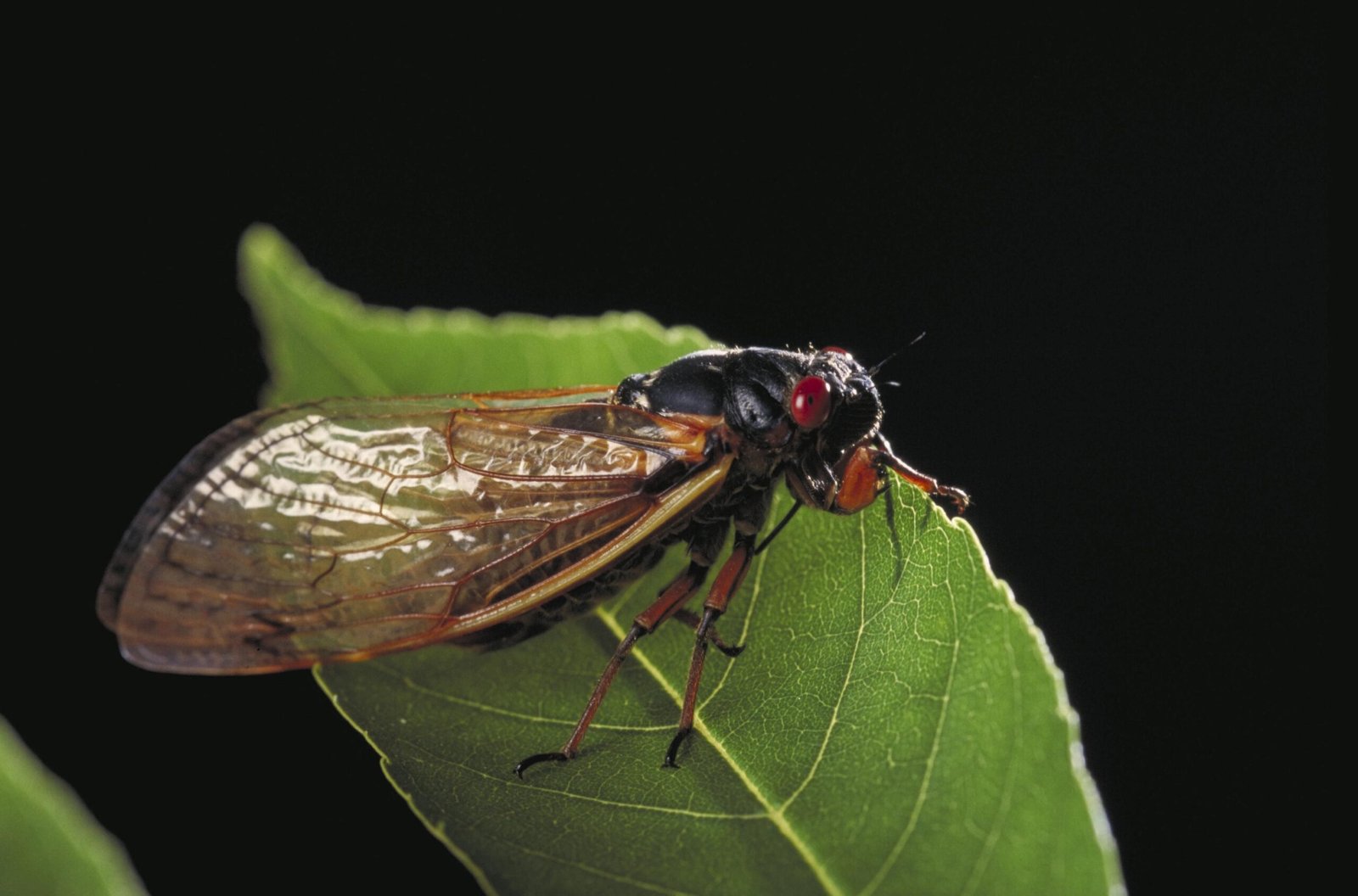
The number seventeen isn’t random—it’s a mathematical mystery that has puzzled scientists for years. Cicadas emerge in prime-numbered cycles, like 13 or 17 years, which helps them avoid syncing up with predator life cycles. This strategy, called predator satiation, means that predators can’t adapt to feast on cicadas because their emergence is so unpredictable. Seventeen years is a long time, but it’s a brilliant way to outsmart hungry birds, mammals, and even wasps.
Brood XIII: Illinois’ Own Insect Orchestra
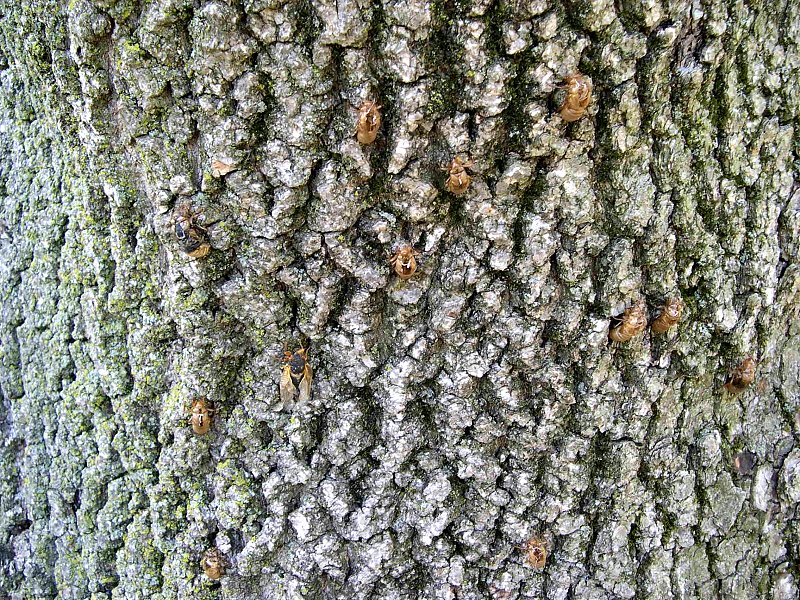
Illinois is home to Brood XIII, one of the largest and most famous cicada broods. When they emerge, the numbers are staggering—up to 1.5 million cicadas per acre! That’s enough to coat every tree, fence post, and lawn chair in sight. The sheer density of Brood XIII means Illinois experiences one of nature’s loudest and most jaw-dropping events. People travel from across the country just to witness this living, buzzing blanket.
The Deafening Soundtrack of Summer
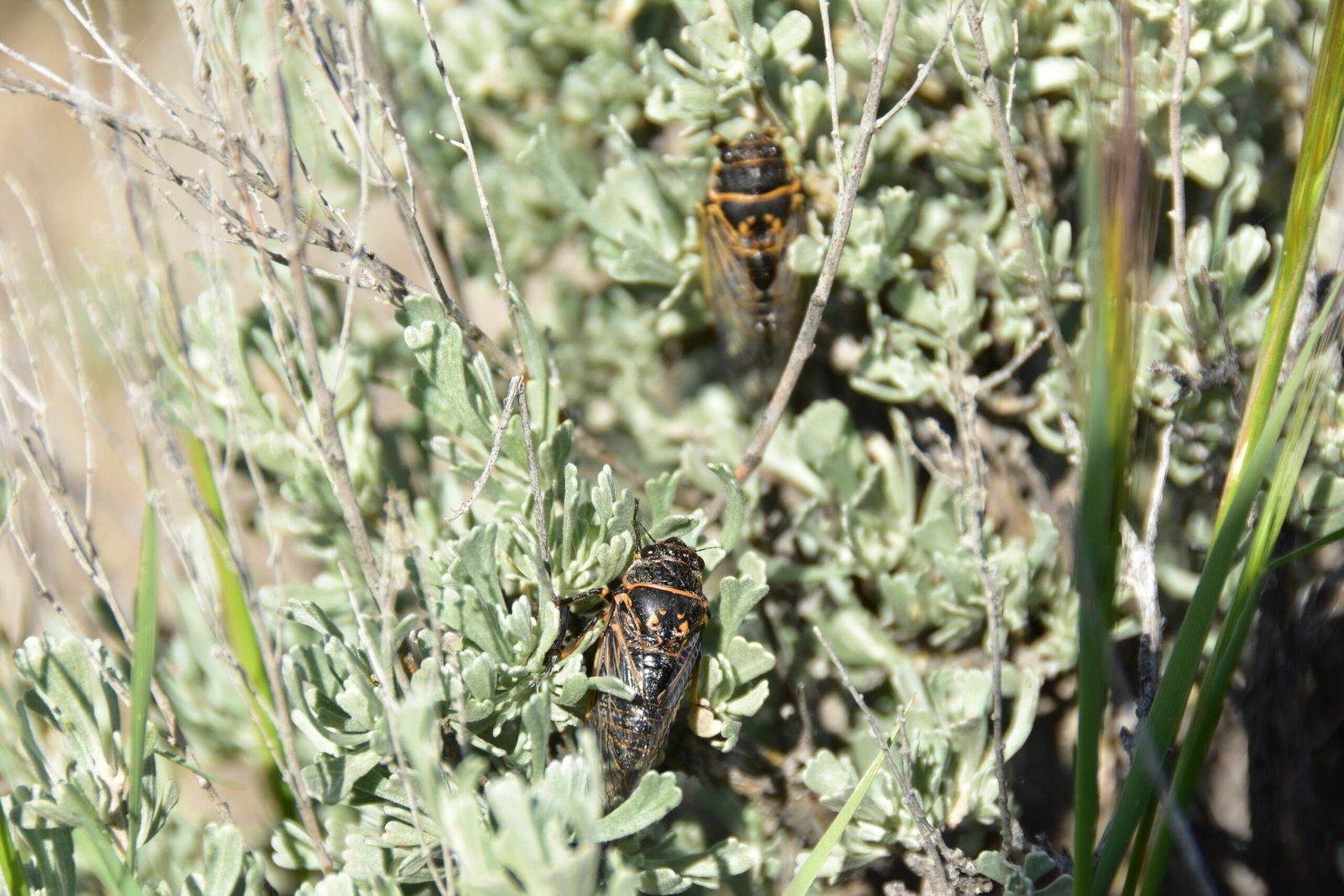
If you’ve ever tried to have a backyard barbecue during a cicada emergence, you know it’s nearly impossible to hear anything but their relentless calls. Male cicadas use special drum-like organs called tymbals to produce their signature buzzing sound. This isn’t just noise—it’s a love song, an invitation for females to join them in the treetops. The result? Sound levels can reach over 100 decibels, rivaling a jackhammer or a rock concert.
The Science of Cicada Songs
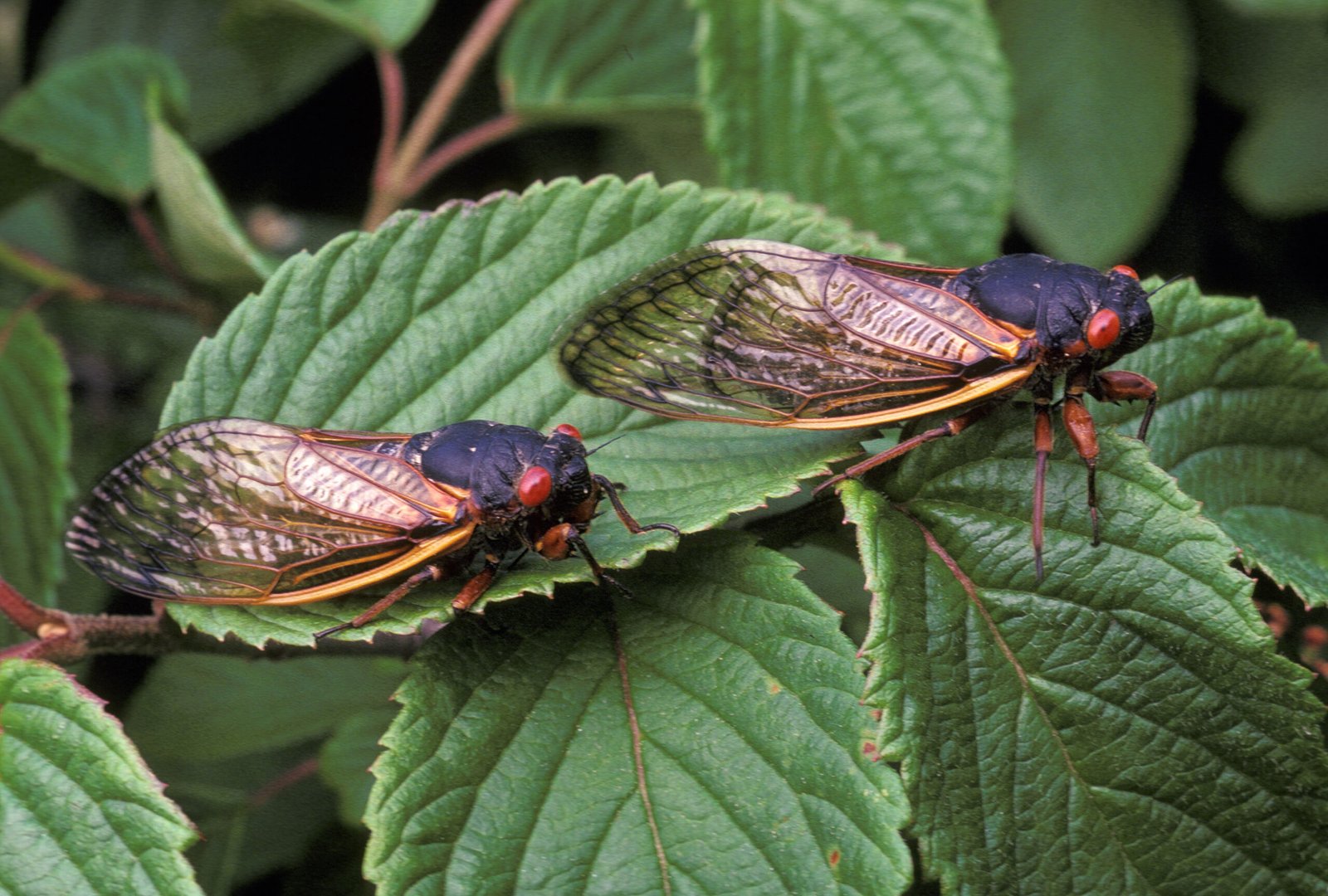
Each species of cicada has its own unique call. In Illinois, you’ll hear a mix of whirs, rattles, and high-pitched howls that blend into one chaotic chorus. Scientists have found that these songs are precisely tuned to attract mates, but also to avoid confusion between species. The sound carries far and wide, ensuring that even cicadas perched on distant trees can find each other. It’s a beautiful, if somewhat overwhelming, example of nature’s matchmaking.
The Spectacle of Synchronized Emergence
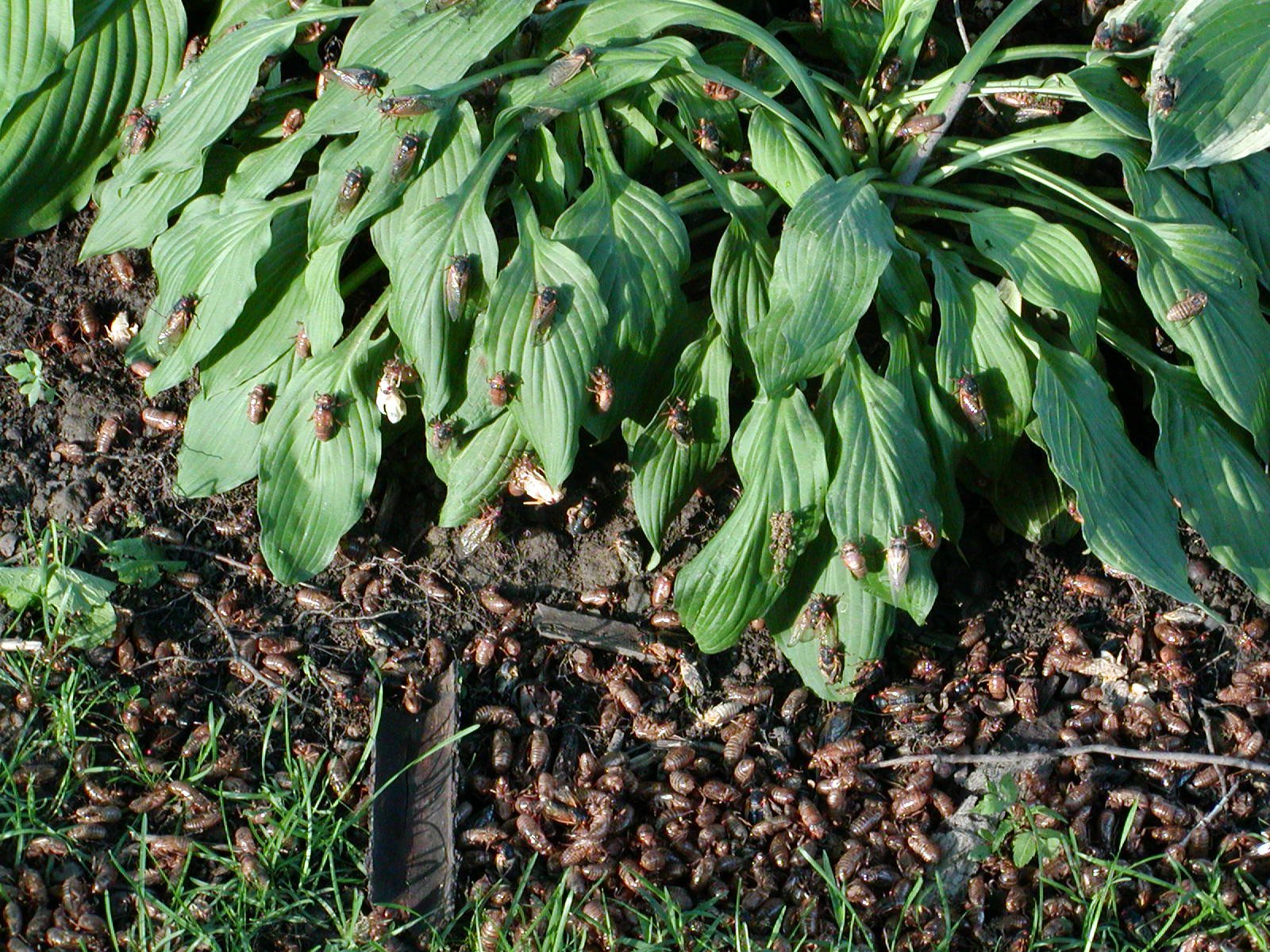
One of the most jaw-dropping aspects of Illinois cicadas is their perfect timing. Almost every cicada in a region emerges within a few days of each other, turning quiet neighborhoods into a living, wriggling sea. This synchronized emergence is nature’s way of overwhelming predators. There are simply too many cicadas for birds and squirrels to eat, meaning enough survive to keep the cycle going. It’s like a sudden flash mob, but with wings and much more noise.
Red Eyes and Delicate Wings: Cicada Anatomy Up Close

Cicadas are instantly recognizable during their emergence. Their bulging red eyes and delicate, see-through wings make them look like something from another planet. Up close, you’ll notice their sturdy legs, perfect for climbing tree trunks, and their mouthparts designed for sipping plant fluids. These features are the result of millions of years of evolution, all geared toward surviving their brief, wild time above ground.
Cicadas and the Illinois Landscape
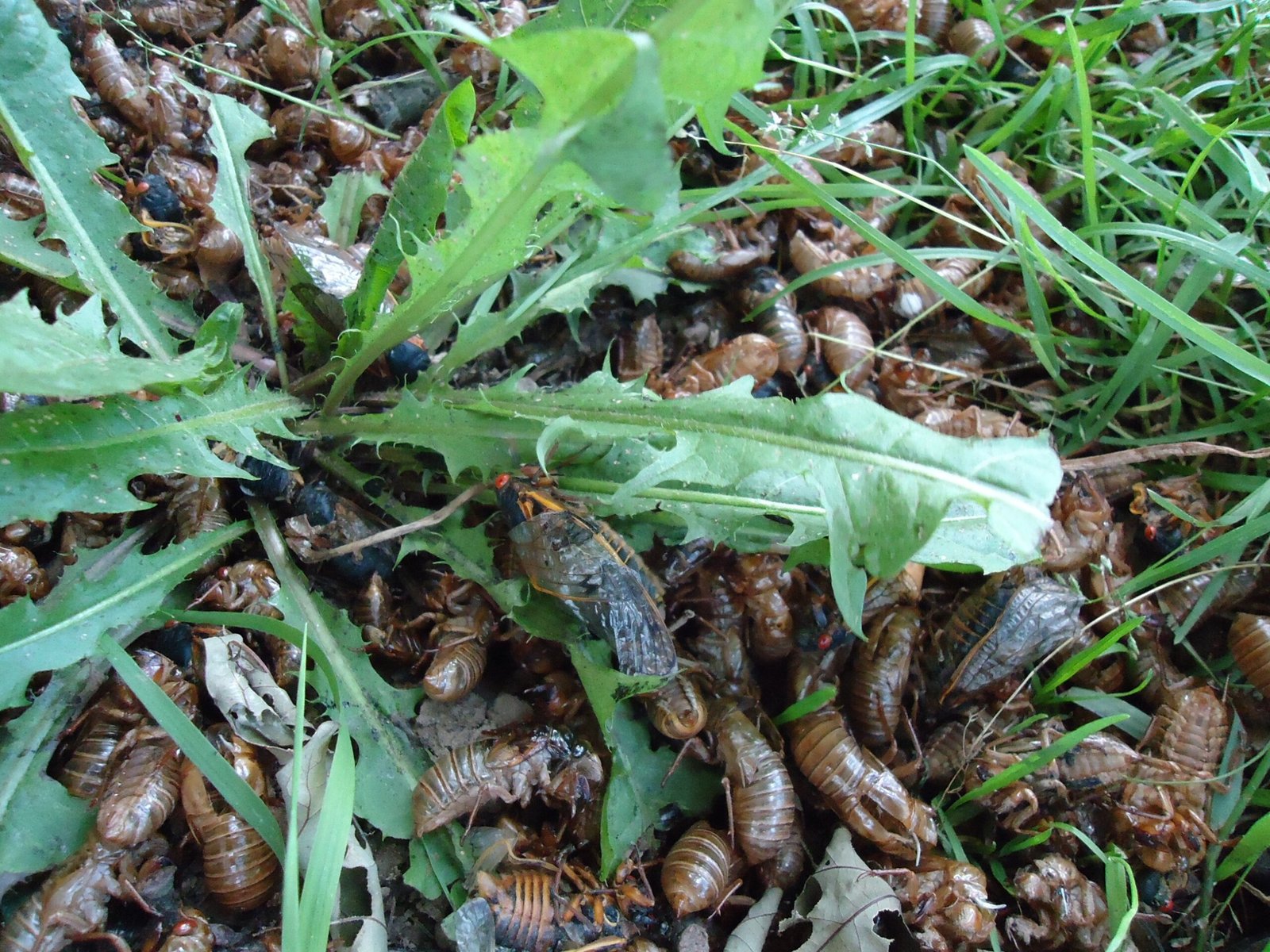
Illinois’ forests, parks, and backyards provide the perfect stage for cicada emergences. Deciduous trees like oaks and maples offer both food and a place to molt and sing. The landscape itself shapes how and where cicadas appear—urban areas might see fewer cicadas, while old forests can become absolutely saturated. For a few weeks, the whole ecosystem feels different, buzzing with activity and life.
The Impact on Local Wildlife
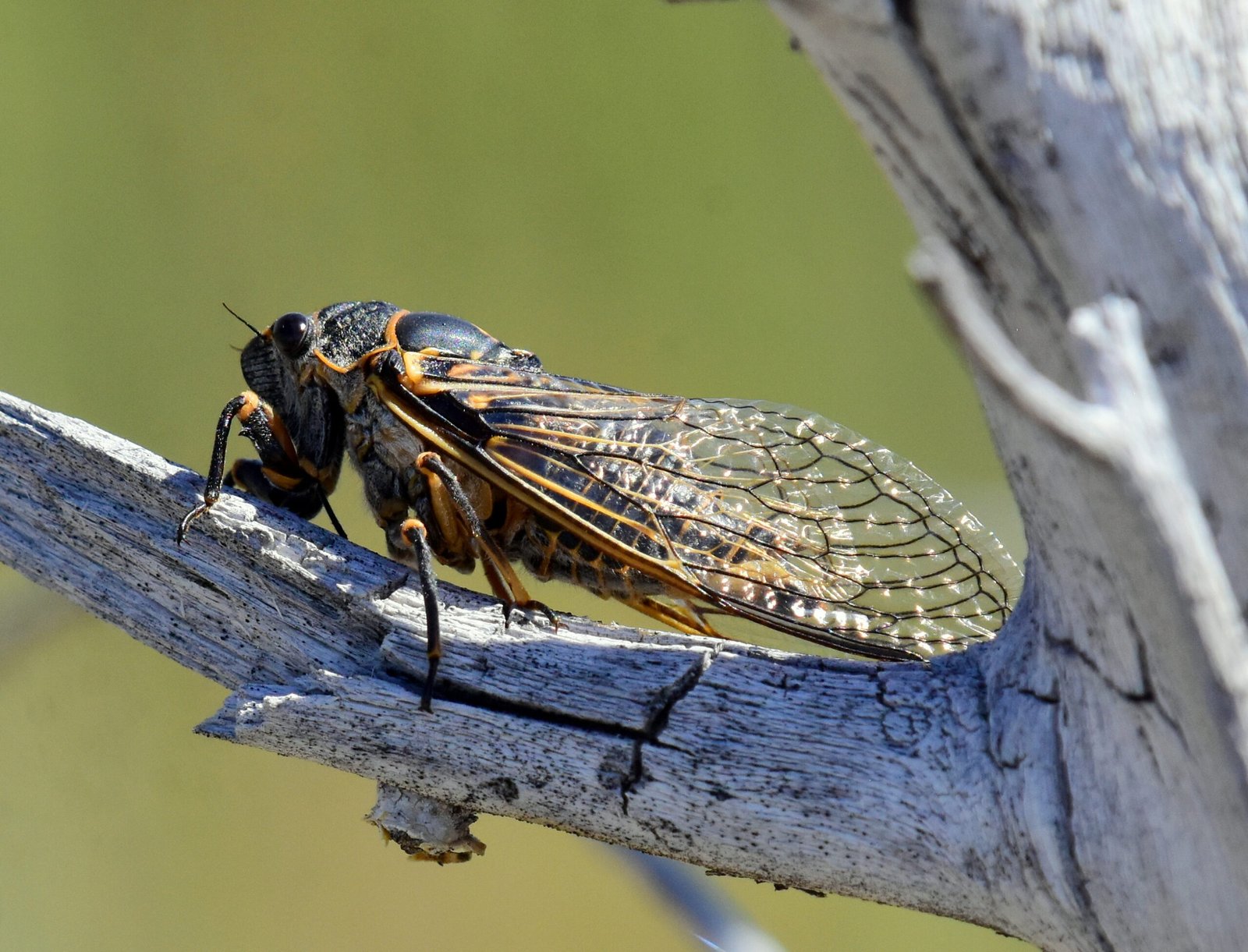
Cicada emergences are a feast for Illinois’ wildlife. Birds, raccoons, possums, and even fish gorge themselves on the sudden buffet. For some animals, this is the best meal they’ll get all year. However, the onslaught of cicadas also means predators quickly get full, leaving plenty of cicadas to mate and lay eggs. It’s a win-win for both the bugs and their would-be diners.
Human Reactions: From Awe to Annoyance
People in Illinois have a love-hate relationship with cicada season. Some marvel at the wonder of it all, snapping photos and sharing videos of the spectacle. Others grit their teeth at the constant racket and the piles of crunchy exoskeletons littering their driveways. Some even use cicada recipes to turn the invasion into a culinary adventure! The emotional response is as varied as the people themselves.
How Cicada Songs Shape Summer Memories
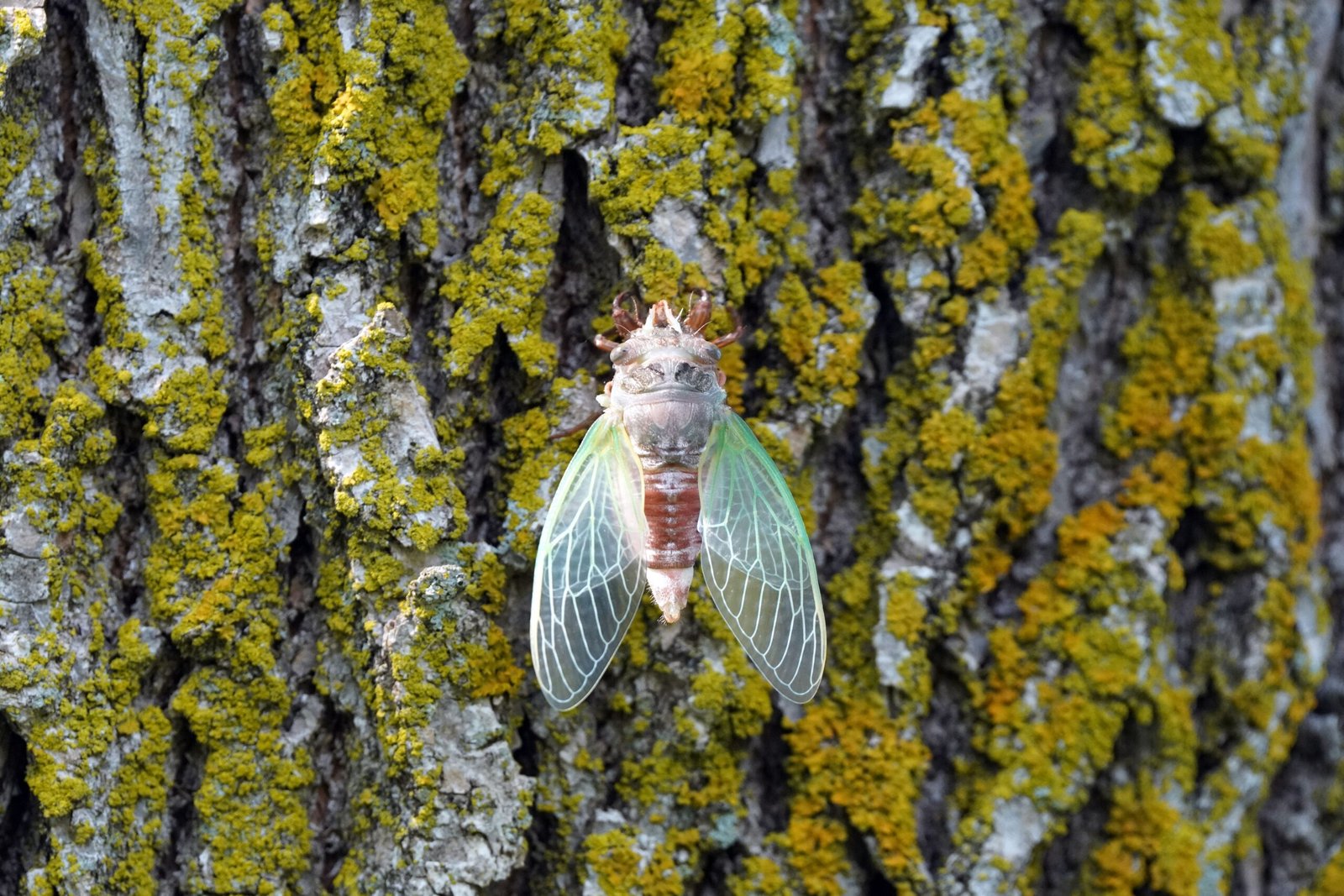
For many Illinois families, the sound of cicadas is the soundtrack of childhood. The buzzing becomes a marker of time, a reminder of summers past and the strange beauty of nature. Grandparents tell stories of previous emergences, comparing the noise and numbers. Kids collect cicada shells and marvel at their strange forms. It’s a living tradition that weaves through generations.
Cicada Myths and Legends
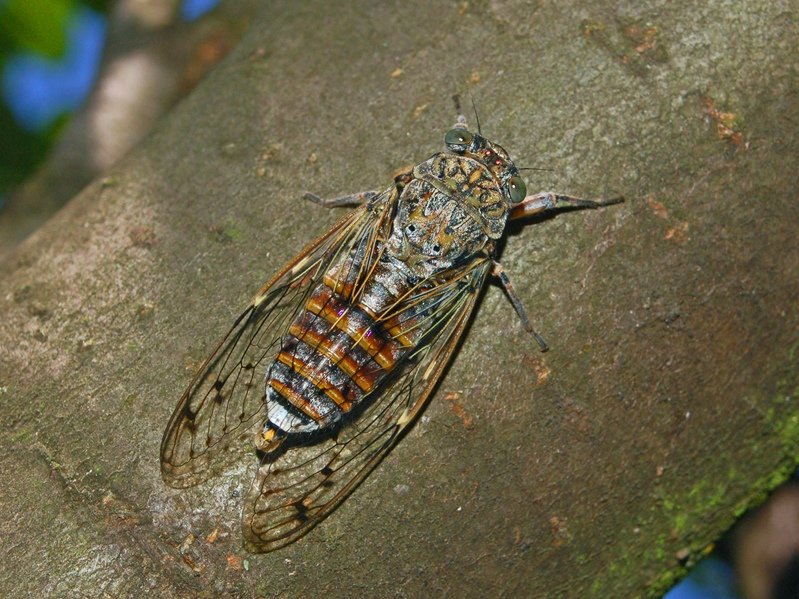
Cicadas have inspired myths and folklore for centuries. Some cultures see them as symbols of rebirth and immortality, while others fear their sudden appearance as a sign of change. In Illinois, urban legends swirl about cicadas predicting storms or bringing good luck. While the science is clear, the mystery and magic of cicada season still spark imaginations every time they return.
The Ecological Benefits of a Cicada Boom
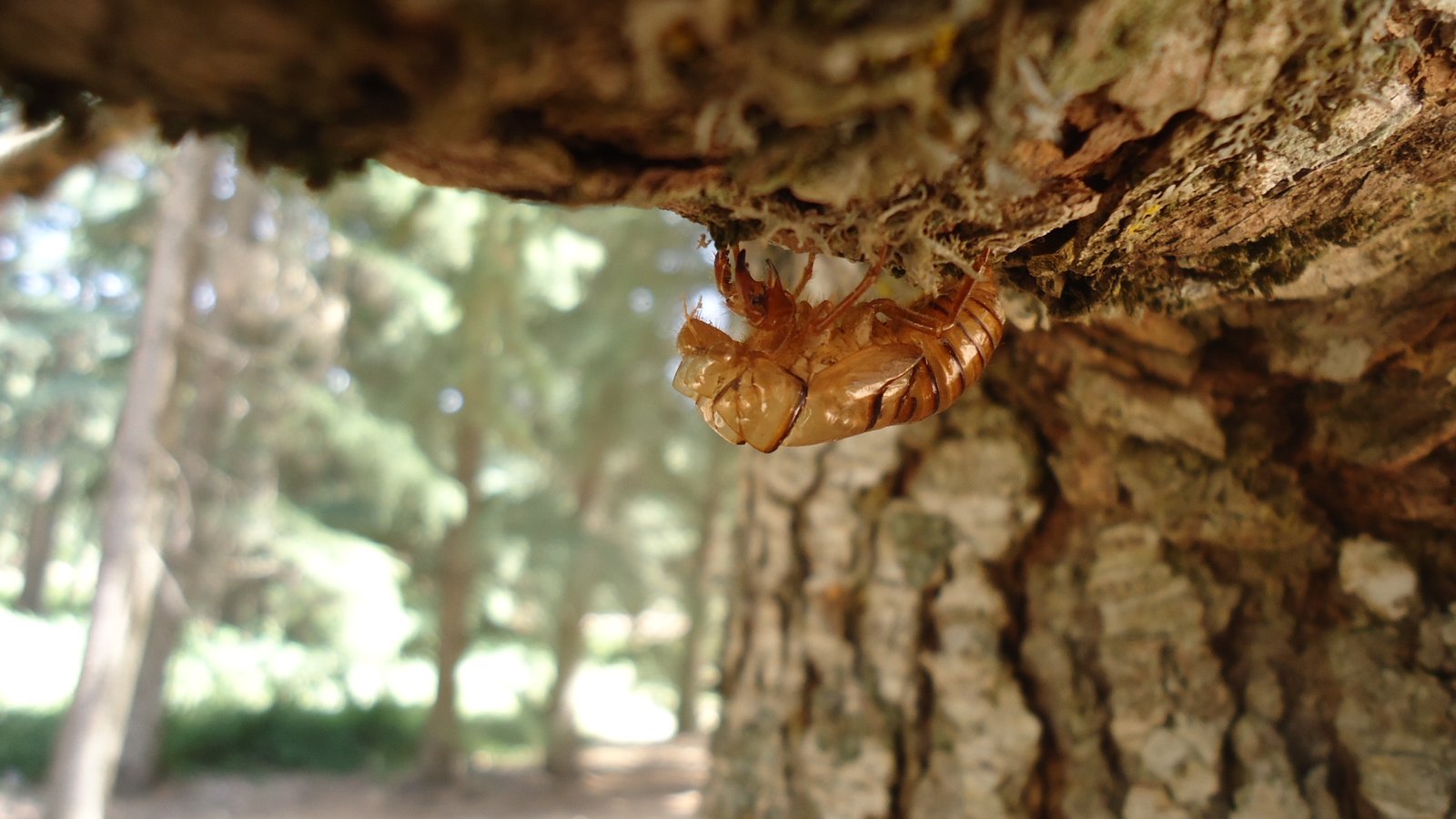
Though they can seem like a nuisance, cicadas play a crucial role in Illinois’ environment. When they die, their bodies enrich the soil with nutrients. Their burrowing aerates the ground, helping trees grow stronger. Even their eggs, laid in twigs and branches, help prune trees and stimulate new growth. What seems chaotic is actually a beautiful cycle of renewal.
What Happens After the Noise Dies Down?
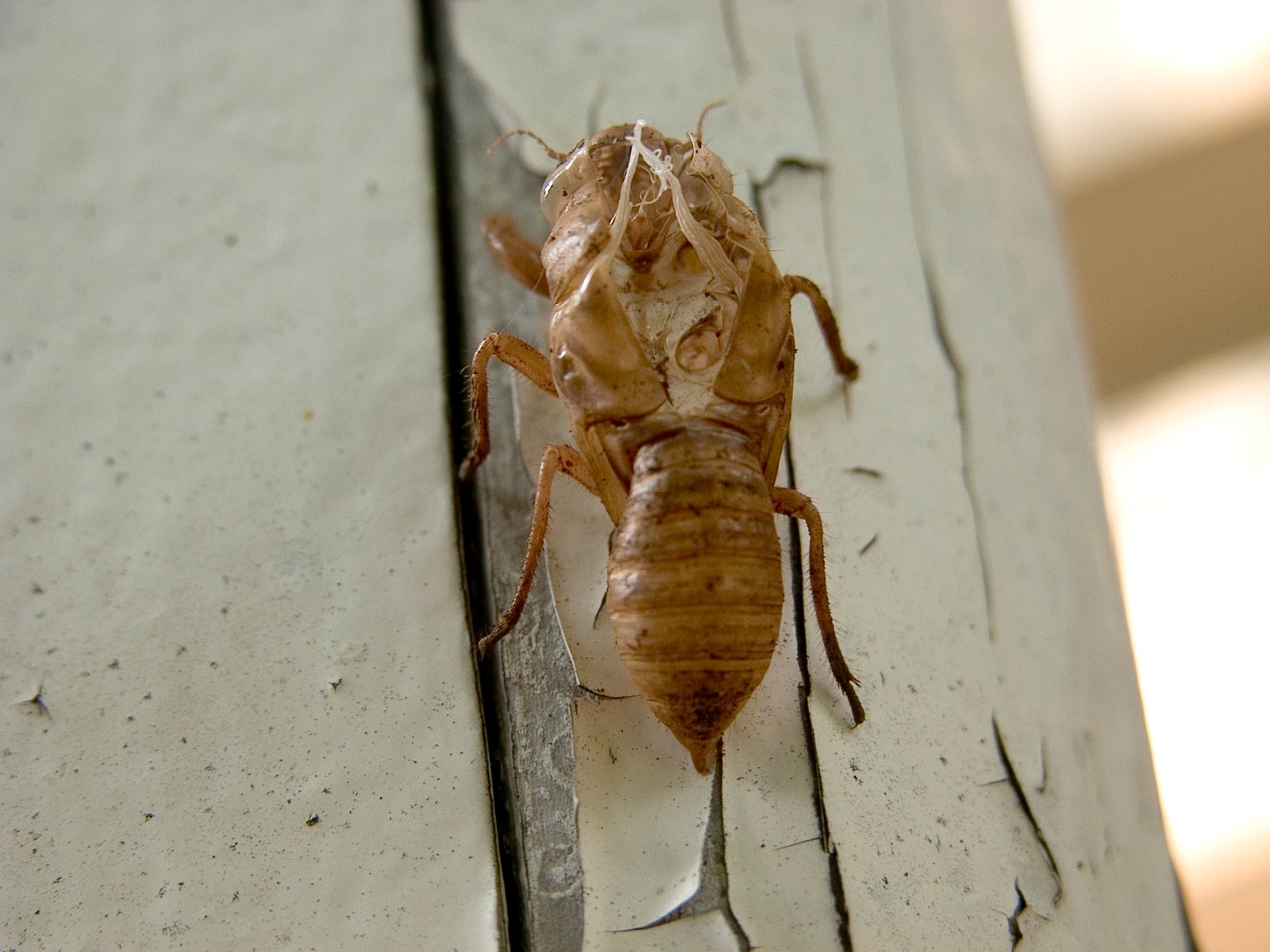
Once the cicada chorus fades, the landscape returns to normal—almost. The ground is sprinkled with empty shells, and trees bear the scars of egg-laying. For a short while, the silence feels almost eerie after weeks of relentless sound. But beneath the soil, a new generation of cicada nymphs begins their long, quiet wait, ready to repeat the process seventeen years from now.
Climate Change and the Future of Illinois Cicadas
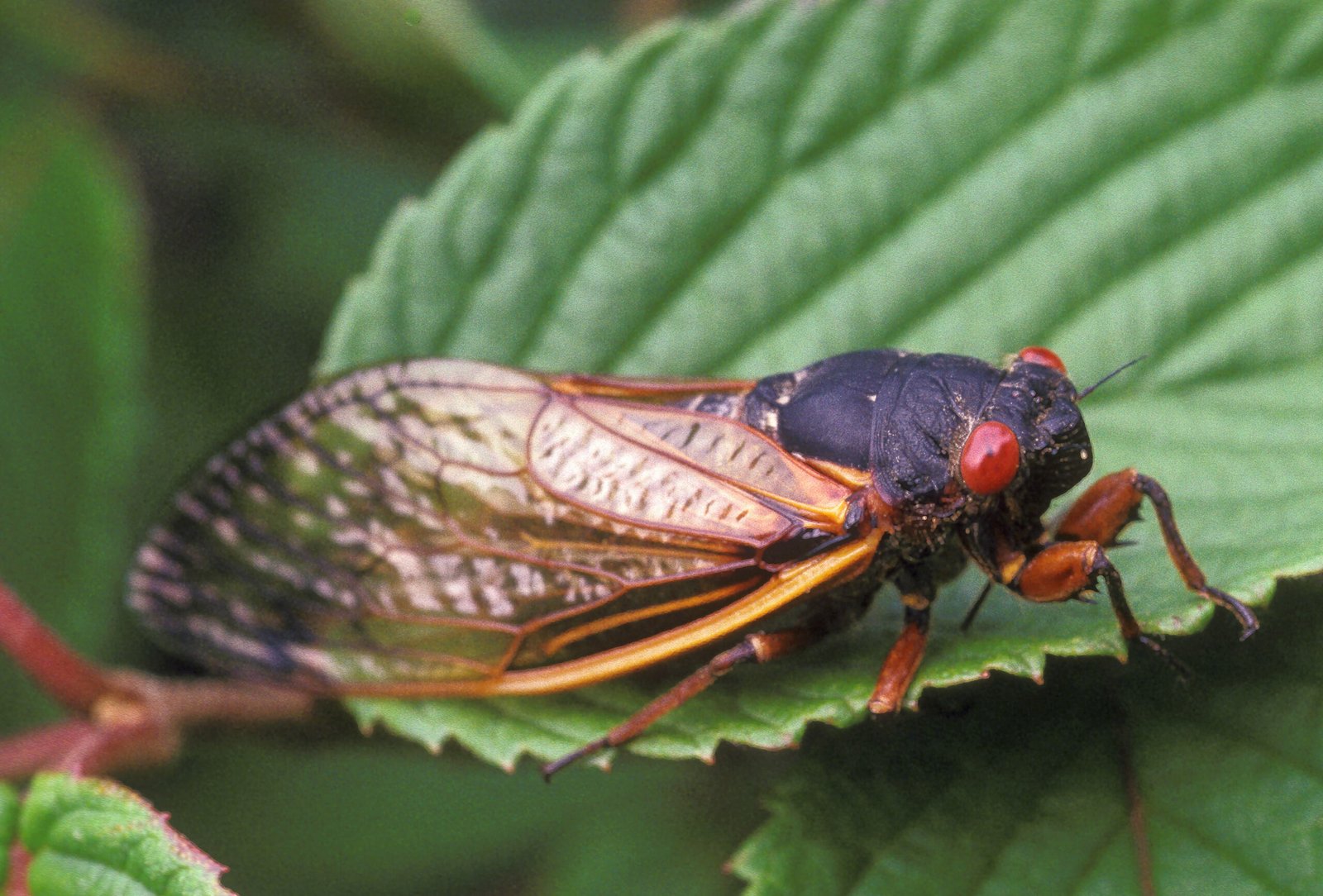
Rising temperatures and shifting weather patterns could affect the cicada cycle in Illinois. Some scientists worry that climate change might cause cicadas to emerge off-schedule or in smaller numbers. There have already been reports of “straggler” cicadas coming out a year or two early. This could disrupt the delicate balance that has kept Illinois’ cicada populations thriving for centuries.
Cicada Superyears: When Broods Collide

Every so often, different cicada broods emerge in the same year, creating a “superyear” of activity. Illinois experienced this rare event in 2024, when Brood XIII and Brood XIX both appeared. The result was an absolutely mind-blowing number of cicadas, with sound and sights that left people speechless. These superyears are rare, but they remind us just how unpredictable and spectacular nature can be.
How to Survive—and Enjoy—Cicada Season

If you live in Illinois, cicada season is impossible to ignore. The best approach is to embrace it: wear a hat to dodge falling bugs, keep windows closed to block out the noise, and maybe even try a cicada recipe if you’re feeling brave. For parents and teachers, it’s a perfect opportunity for science lessons and nature walks. Cicada season is a wild ride, but with the right mindset, it can be unforgettable.
Documenting the Cicada Phenomenon
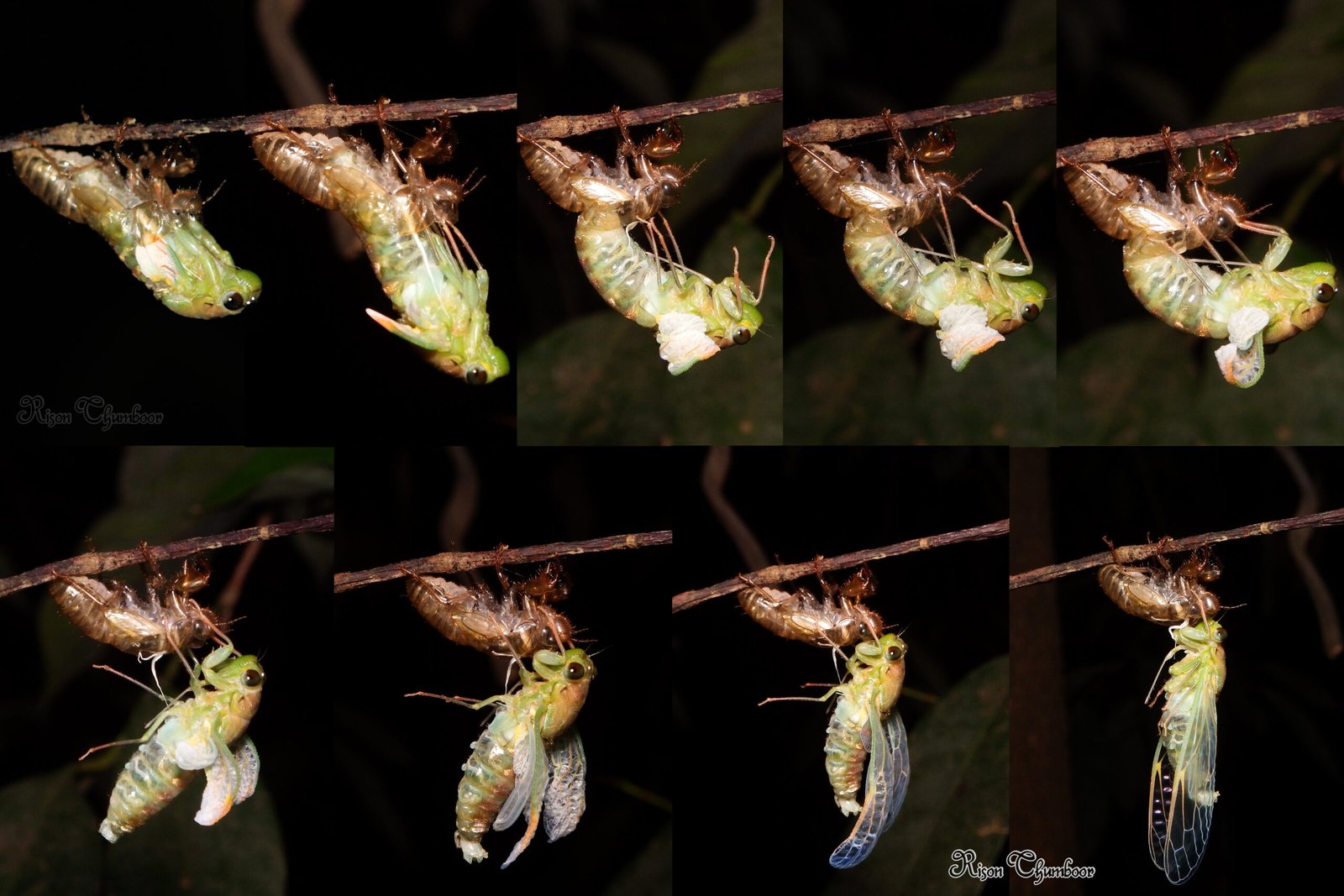
Scientists and citizen scientists alike spend months preparing for cicada emergences. By tracking where and when cicadas appear, researchers gain insight into climate, ecology, and evolution. Apps and online maps let anyone log sightings and join the study. In recent years, Illinois residents have played a crucial role in documenting these events, helping unlock the secrets of cicada behavior.
A Natural Wonder Worth Celebrating
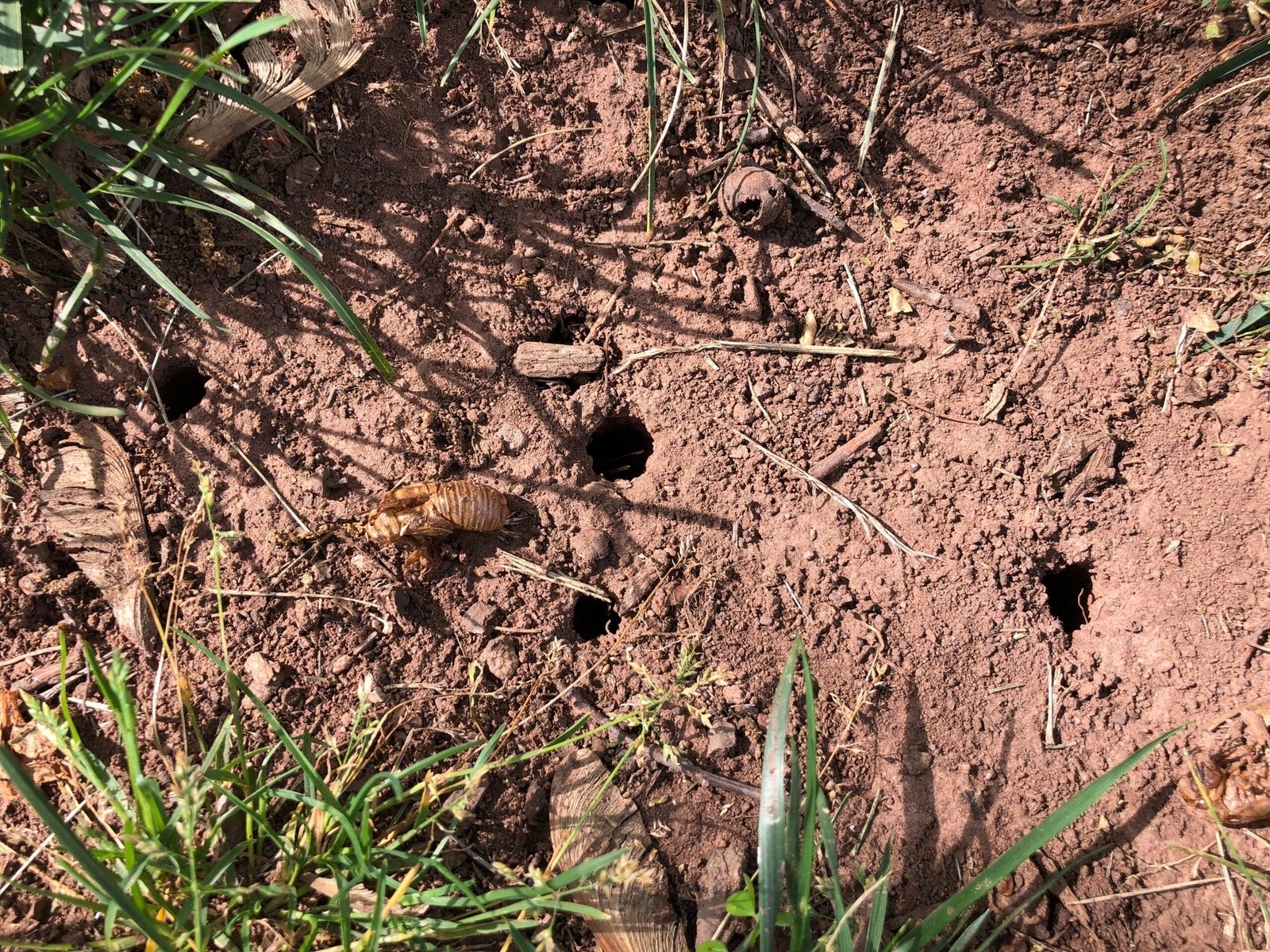
There’s no other event quite like a cicada emergence. It’s loud, chaotic, sometimes annoying, but always extraordinary. Illinois is one of the few places lucky enough to experience this living spectacle on such a grand scale. The next time you hear that deafening buzz, remember you’re witnessing a marvel millions of years in the making—a reminder of the strange and wonderful world right outside your door.



